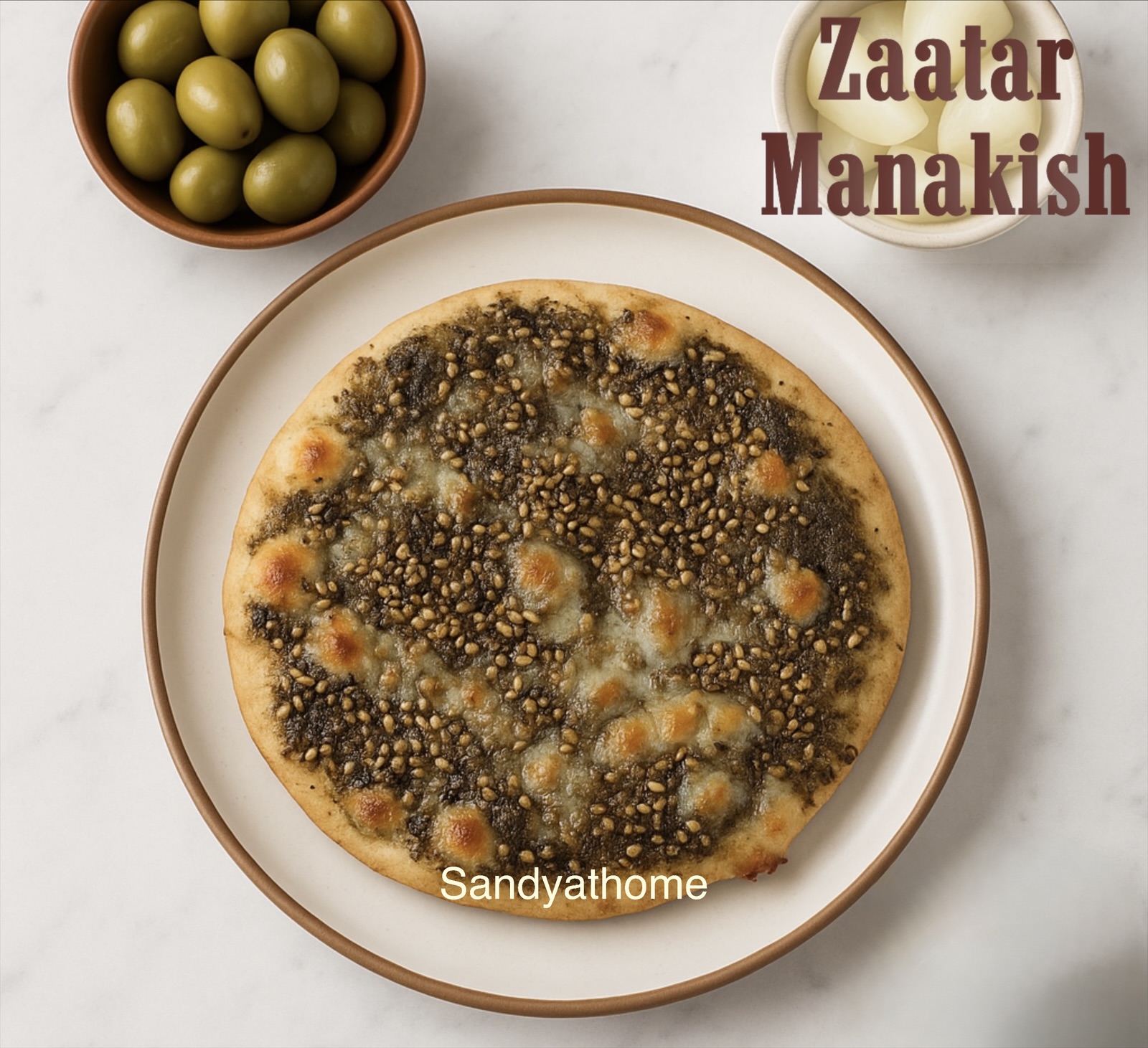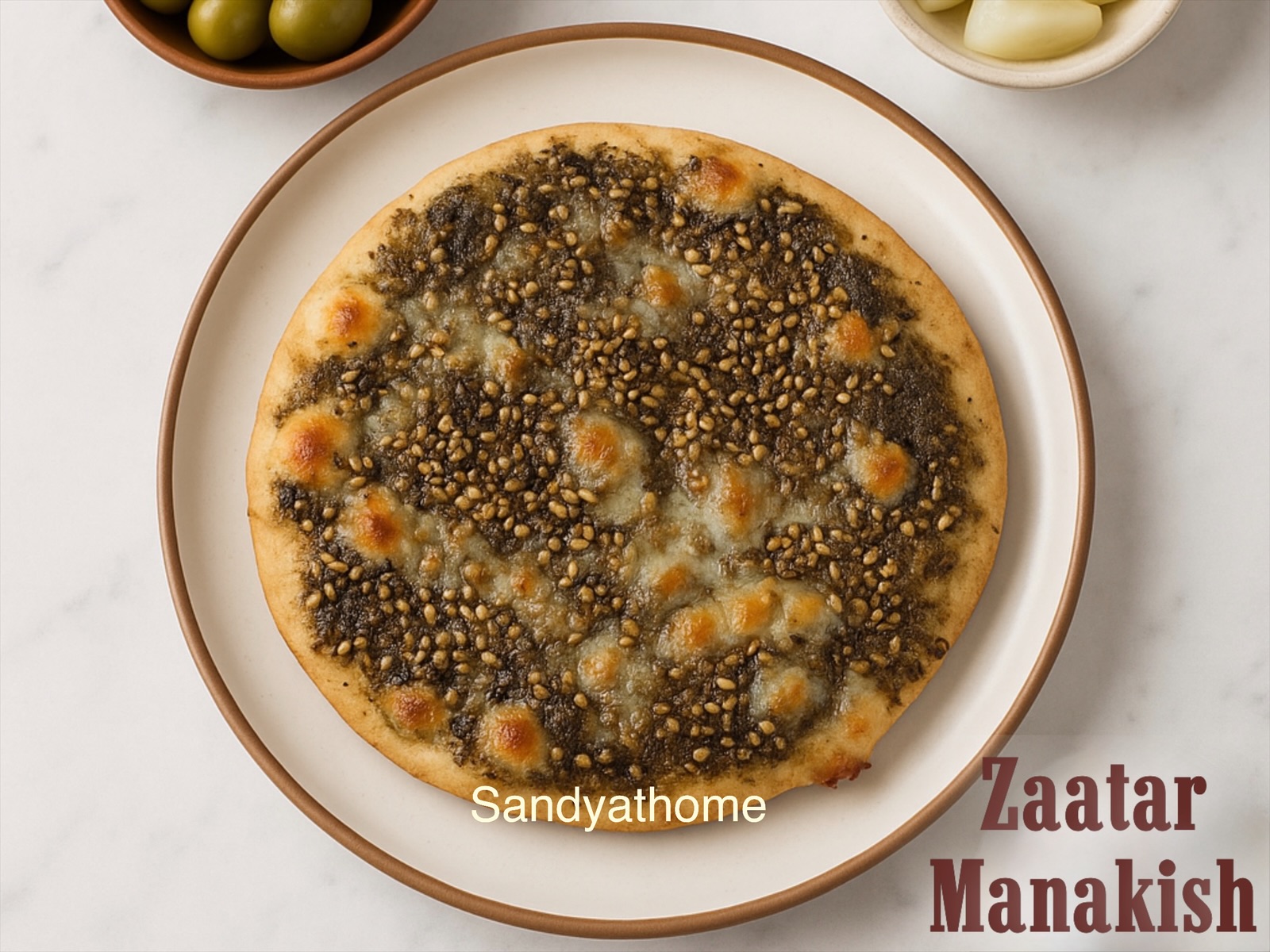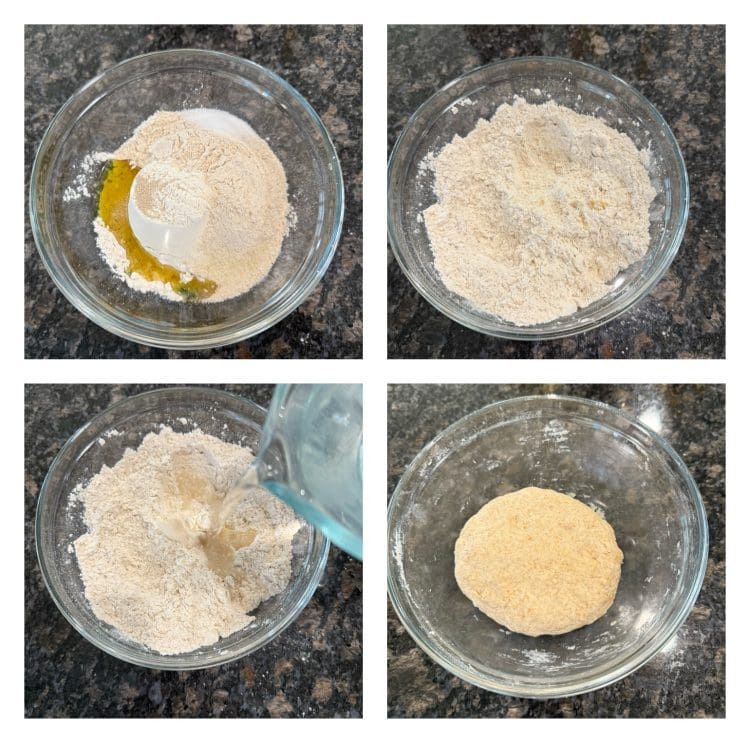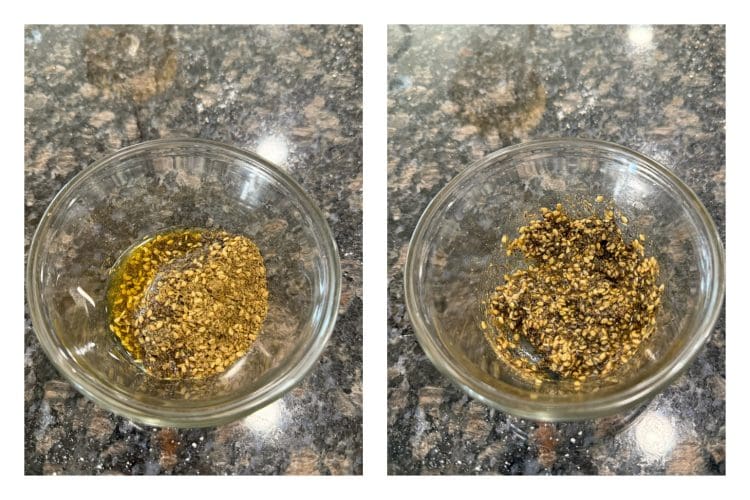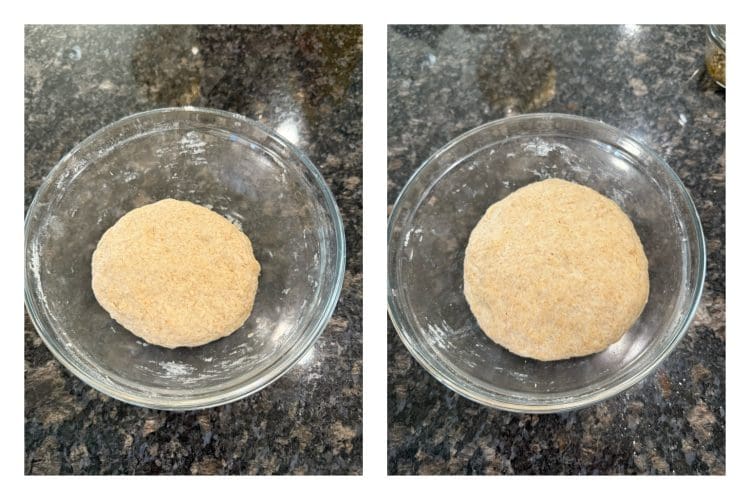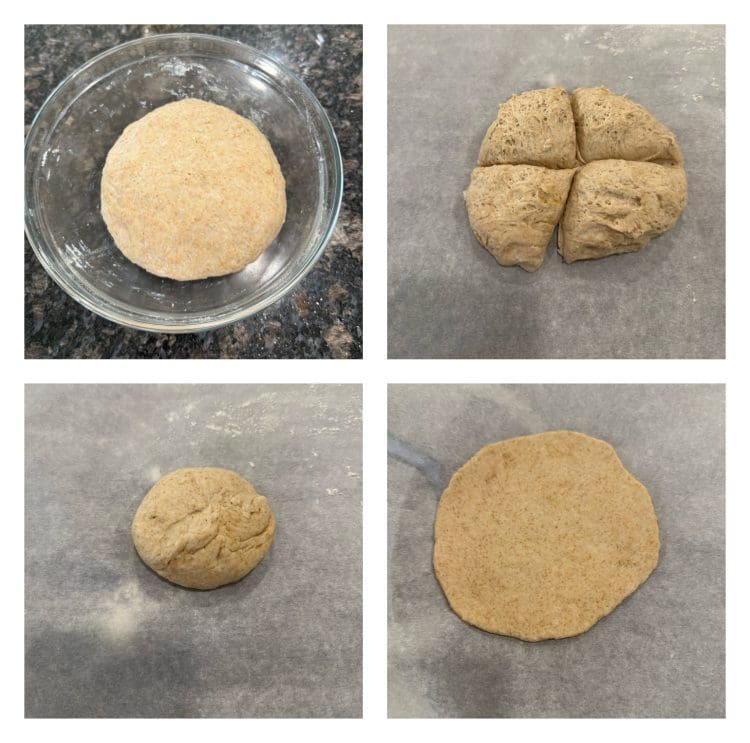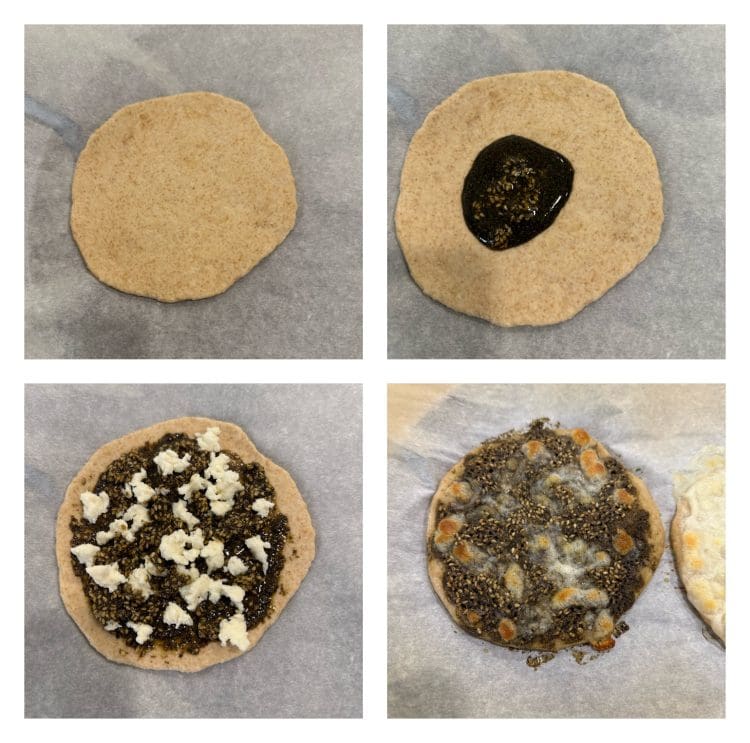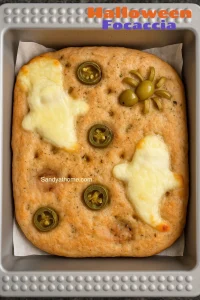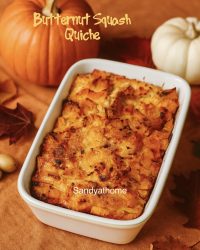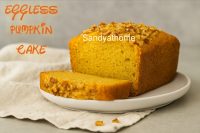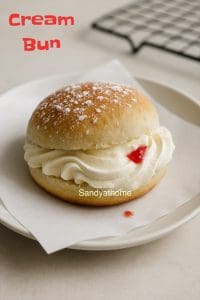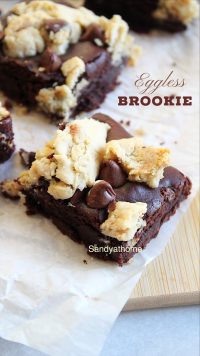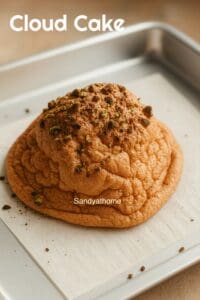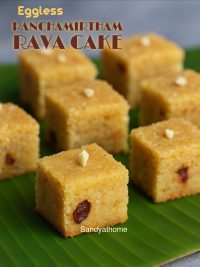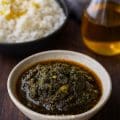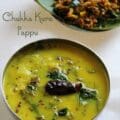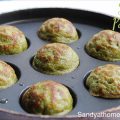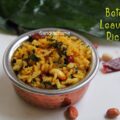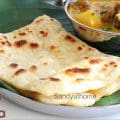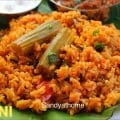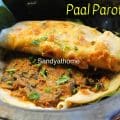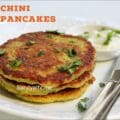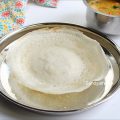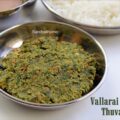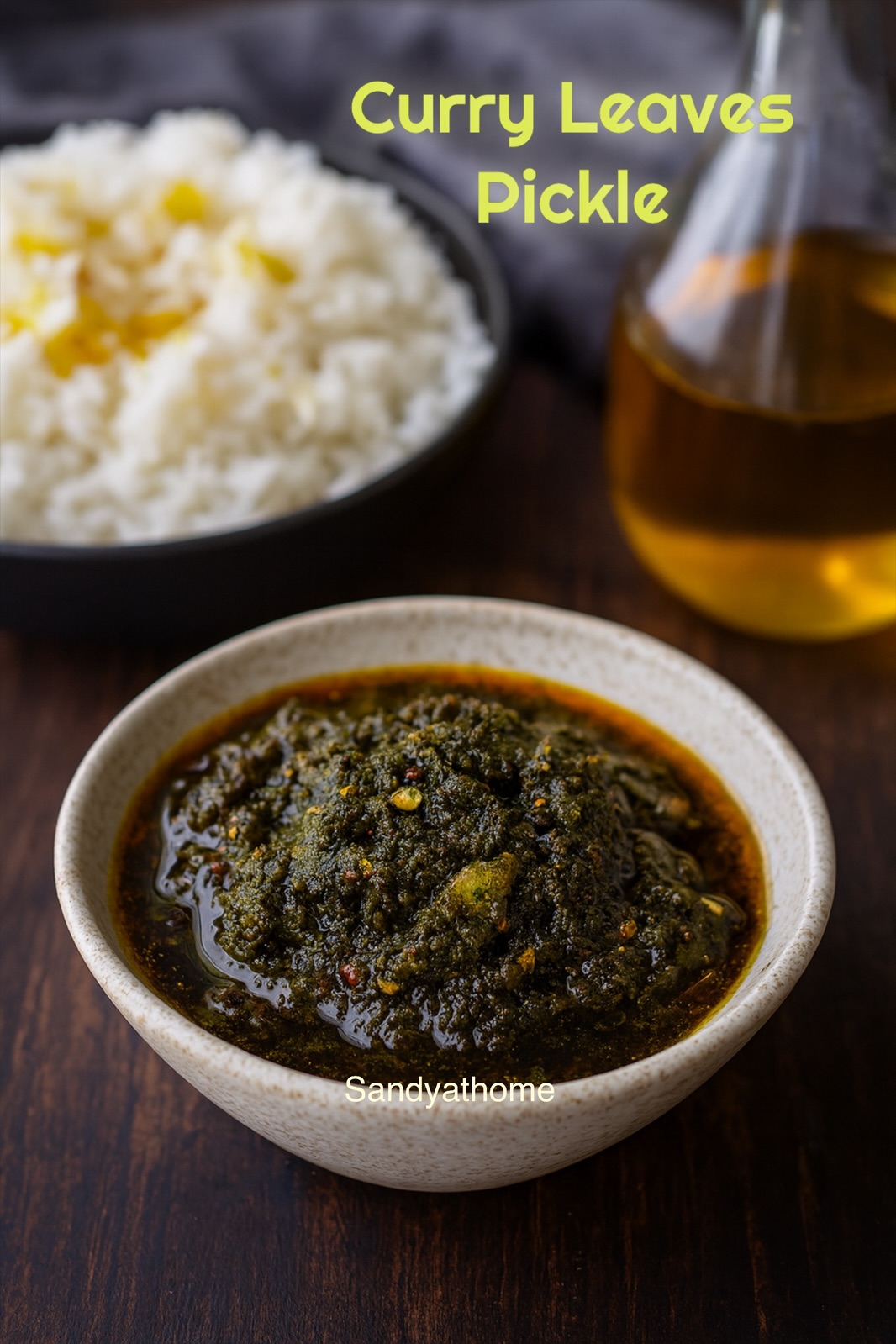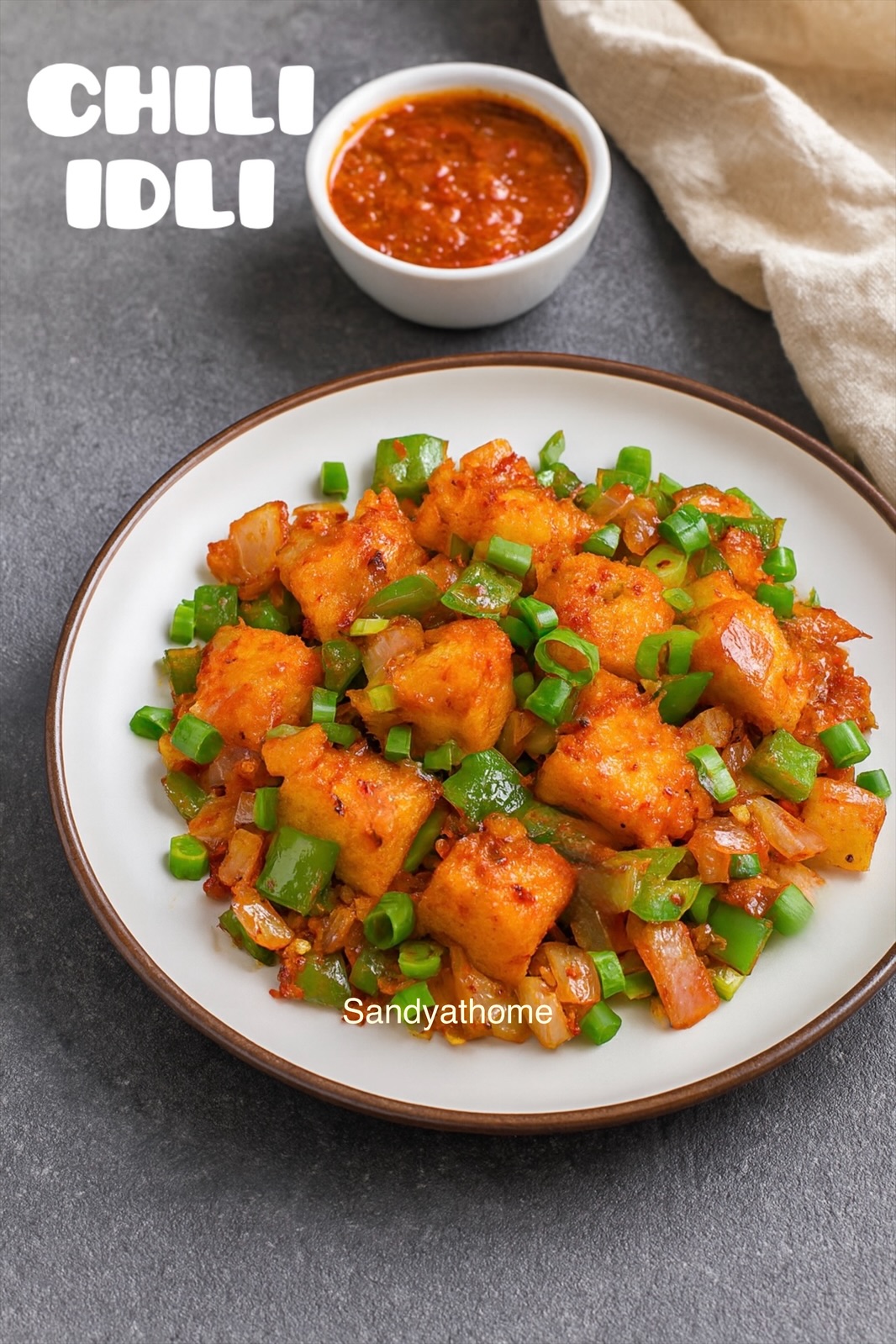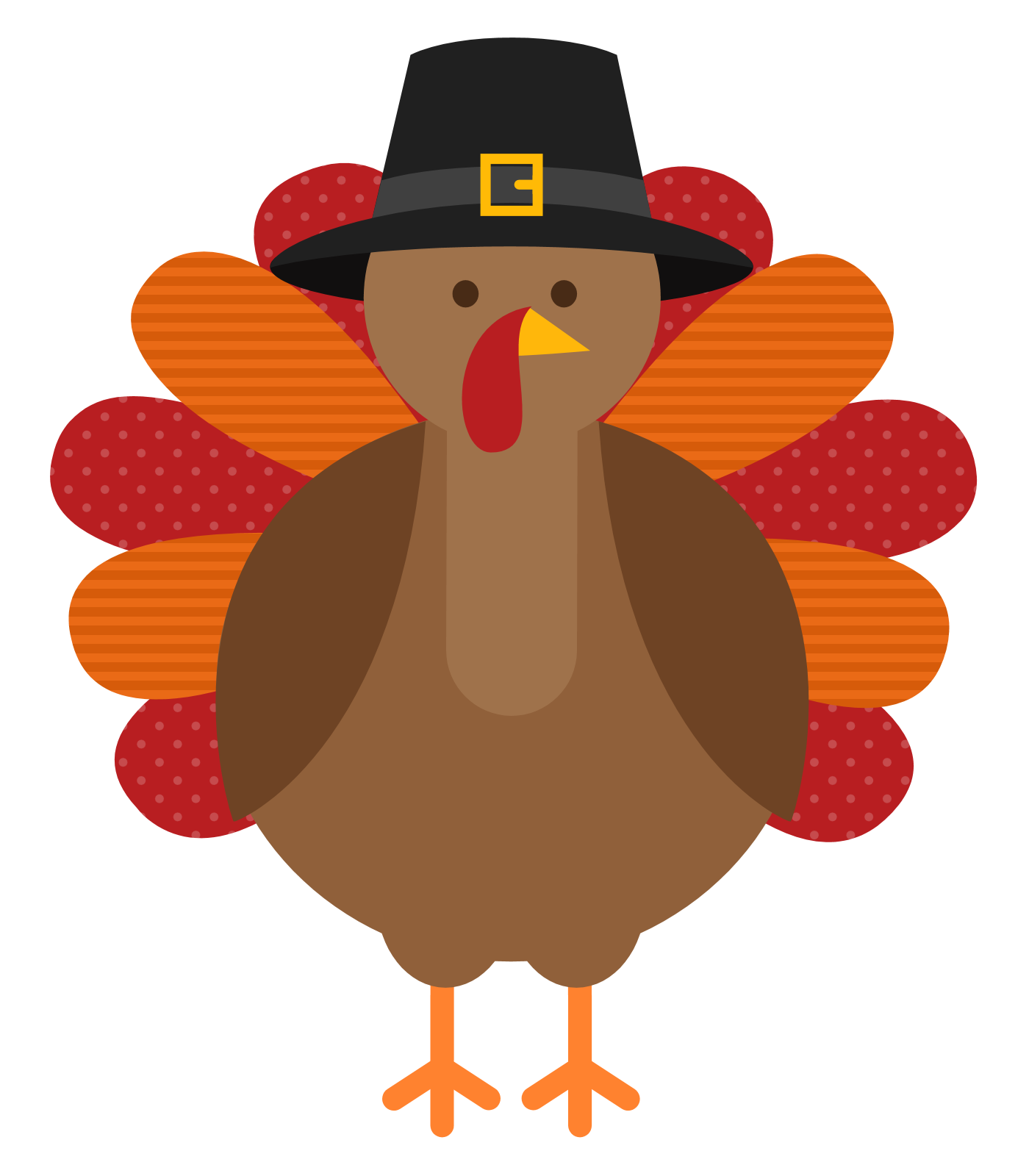Manakish/Labanese flatbread is a traditional Levantine flatbread topped with zaatar, cheese, or meat, baked until golden and fragrant. Soft yet slightly crisp at the edges, it’s a beloved breakfast staple enjoyed across Lebanon, Syria, Palestine, and beyond.
Manakish/Labanese Pizza always takes me back to the Friday mornings of my childhood in Abu Dhabi. My dad would bring home these hot flatbreads, still wrapped in parchment, fresh from the wood-fired stone oven (called a saj or sometimes furn). Some were spread generously with fragrant zaatar, others bubbling with cheese — each one carrying that unmistakable aroma that filled our home. I grew up eating manakish alongside so many other comforting dishes, and to this day, it remains one of the foods closest to my heart.
As a child, I often ate manakish from the tiny zaatar shop near our home — the cook there would blend a little cheese into the zaatar mix just for me. That simple gesture made the flatbread extra creamy, and it remains one of my fondest food memories.
Bite of History – Zaatar Manakish
Manakish (also spelled manakeesh, mana’eesh, or manousheh) has its roots in the Levant, especially Lebanon, Syria, Palestine, and Jordan. The name comes from the Arabic word naqasha, meaning “to sculpt or engrave,” referring to the way the dough is pressed with fingertips before being topped. Traditionally, families would take their dough to communal ovens in the morning, where it was baked fresh and topped with local staples like zaatar, cheese, or minced meat. Over time, manakish became a cornerstone of Levantine breakfasts — eaten warm with tea, labneh, olives, and fresh vegetables, symbolizing both community and comfort.
Jump to RecipeIngredient Roles in Zaatar Manakish
| Ingredient | Role / Notes |
|---|---|
| All-purpose flour | Dough base, gives structure and softness |
| Whole wheat flour | Adds nuttiness, heartiness, and a rustic flavor. |
| Instant yeast | Helps the dough rise and become fluffy |
| Sugar | Activates yeast and balances flavor |
| Salt | Enhances taste and strengthens dough |
| Olive oil | Adds richness and keeps bread tender |
| Warm water | Binds the dough and activates yeast |
| Zaatar spice mix | Star topping, fragrant with thyme, sesame, sumac |
| Olive oil (extra) | Mixed with zaatar to create spreadable paste |
You May Also Like these Recipes:
Directions to make Lebanese pizza with step by step images
- Make the Dough
In a bowl, combine flour, yeast, sugar, and salt.
Add olive oil and warm water little by little, kneading into a soft, smooth dough.
Cover and let it rise in a warm spot for 1 to 1.5 hours or until doubled.
- Make the Topping
Meanwhile, Mix zaatar (Dried thyme, Dried oregano or marjoram, Ground sumac, Toasted sesame seeds, Salt) and olive oil into a thick paste. Keep it aside.
- Let the dough rise
Cover and allow it to double in size as shown in the collage.
- Shape the Manakish
Preheat oven to 450°F (230°C). Place a pizza stone or baking tray inside to heat. After the dough has doubled in size, punch it down gently.
Divide into 4 equal portions. Roll each portion into a ball.
Flatten each ball into a 6–7 inch circle, about ¼ inch thick, using your fingers or a rolling pin.
- Add the Topping and Bake
Spread evenly on top of each circle, leaving a slight border. Add 3 to 4 tablespoon cheese if needed. Transfer flatbreads onto the hot tray/stone.
Bake for 7–8 minutes until puffed and golden. Serve warm!
Pro Tips to make perfect Wheat Zaatar Manakish
- Always preheat your oven (or pizza stone) well — the hotter the surface, the more authentic bakery-style manakish you’ll get.
- If using whole wheat flour, add 1–2 tsp extra olive oil or a splash more water since it absorbs more liquid than all-purpose flour.
- Mix zaatar with good quality olive oil until it’s spreadable, not runny — this keeps the topping from drying out.
- For a cheese version, combine mozzarella with a little feta to mimic traditional Akkawi or Nabulsi cheese.
- Store leftover manakish wrapped in parchment, then reheat on a skillet or oven to revive its softness.
Serving Suggestions for Labanese Pizza
- Serve hot with labneh, olives, cucumbers, and tomatoes for a true Levantine breakfast.
- Roll into wraps with fresh mint, pickles, or falafel for a quick meal.
- Pair with hot tea, Arabic coffee, or yogurt drinks like laban/ayran.
- Slice into wedges and serve as part of a mezze spread alongside hummus, baba ganoush, and fattoush.
FAQs – Wheat Zaatar Manakish
A: Yes, you can use baking powder as a quick alternative, but yeast gives the dough its authentic fluffy texture and flavor.
A: Authentic cheese manakish is made with Akkawi or Nabulsi cheese. If these aren’t available, mozzarella mixed with a little feta is the best substitute.
A: Wrap the hot manakish in a clean kitchen towel or parchment right after baking. This traps steam and keeps the bread soft and foldable.
A: Yes — par-bake them for 4–5 minutes, let cool, then wrap and freeze. Reheat directly in the oven for a fresh-baked taste.
A: Yes, “zaatar bread” is another common name for zaatar manakish — a flatbread topped with zaatar spice mix and olive oil, baked until golden.
Baked Goods
Pumpkin Butter Muffins, How to make Half-and-Half Flour Pumpkin Muffins
Soft, cozy, and lightly sweet — these Pumpkin Butter Muffins are made with half whole wheat flour and less sugar, making them perfect for wholesome autumn breakfasts.
Halloween Focaccia Bread with Melty Cheese Ghosts, How to make 50- 50 Focaccia
Soft, golden, and delightfully spooky — this Halloween Focaccia is made with a 50–50 blend of whole wheat and all-purpose flour for the perfect balance of fluff and flavor. Topped with melty mozzarella ghosts and olive spiders, it’s a fun, savory bake that brings festive cheer to your Halloween table!
Pumpkin Butter Mascarpone Danish, How to make Pumpkin Butter Danish
Flaky puff pastry filled with a creamy blend of pumpkin and mascarpone, baked until golden and irresistible — the perfect cozy fall treat for National Pumpkin Day!
Eggless Pumpkin Butter Mascarpone Cookies, How to make Pumpkin Cookies
Soft and spiced eggless pumpkin mascarpone cookies made with pumpkin butter and a mix of all-purpose and whole wheat flour — cozy, fall-perfect treats with a creamy twist.
Butternut Squash Quiche, How to make Bread-Base Quiche
Golden, creamy butternut squash quiche made with bread base, cheddar, and feta — a cozy, no-crust autumn brunch favorite baked to perfection.
Eggless Pumpkin Cake, How to make Pumpkin Cake
Soft, moist, and warmly spiced, this Eggless Pumpkin Cake melts in your mouth with a tender crumb and a cozy hint of cinnamon and nutmeg.
Indian Bakery-Style Cream Buns, How to make Bakery- Style Buns
Soft and fluffy eggless cream buns filled with nostalgic Indian bakery-style buttercream, dusted with sugar and topped with a cherry for a classic touch.
Eggless Brookie, How to make Eggless Brookie
Eggless brookies combine the best of both worlds — a chewy cookie top with a fudgy brownie base. With a shiny crinkle crust and gooey center, these bars are the perfect indulgence for chocolate lovers.
Viral Cloud Cake, How to make Vanilla Cloud Cake
A light, fluffy cloud cake made with just egg whites, sugar, and a hint of vanilla, finished with a pistachio crunch — a flourless viral dessert that melts in your mouth.
Panchamirtham Rava Cake, How to make Eggless Panchamrutham Rava Cake
Inspired by temple prasadam, this Eggless Panchamirtham Rava Cake is moist, low in sugar, and filled with the nostalgic flavors of banana, honey, jaggery, and ghee. A soulful fusion of tradition and modern baking, perfect for tea-time or festive offerings.
